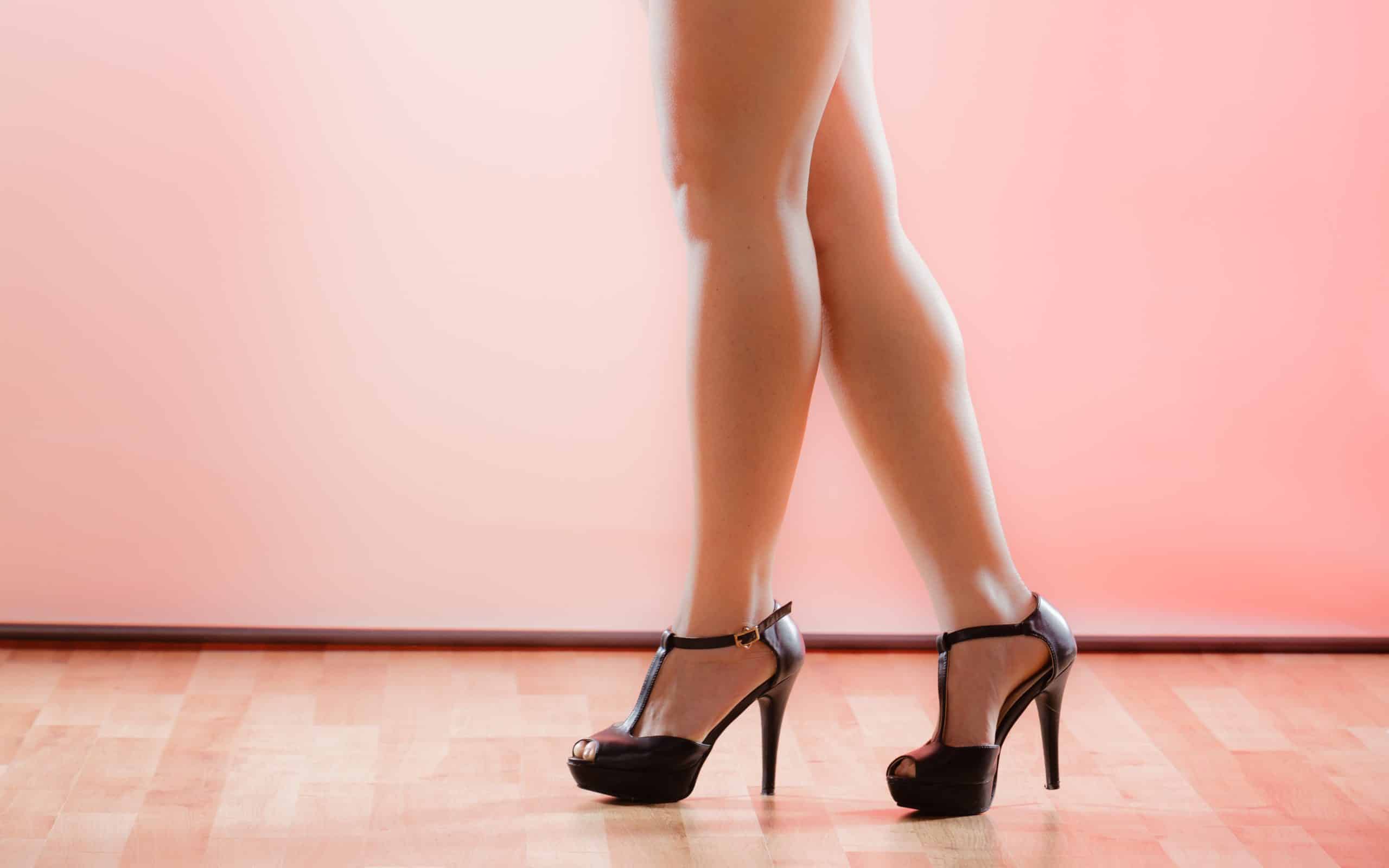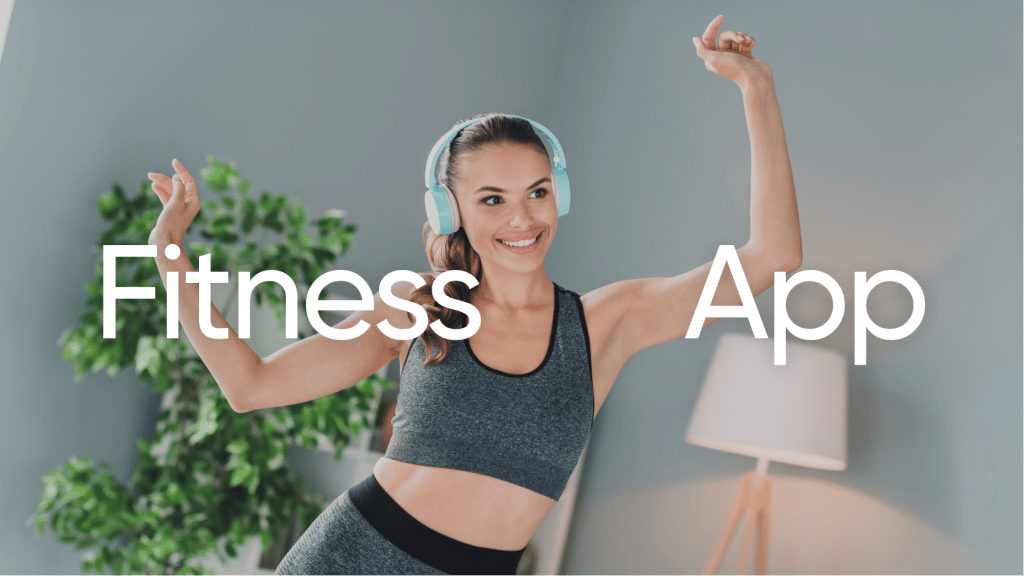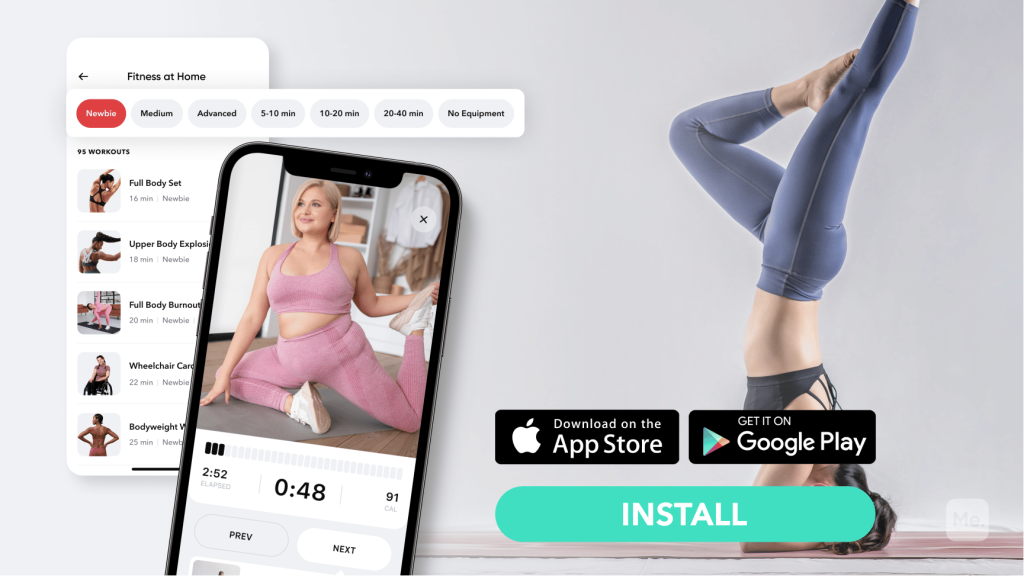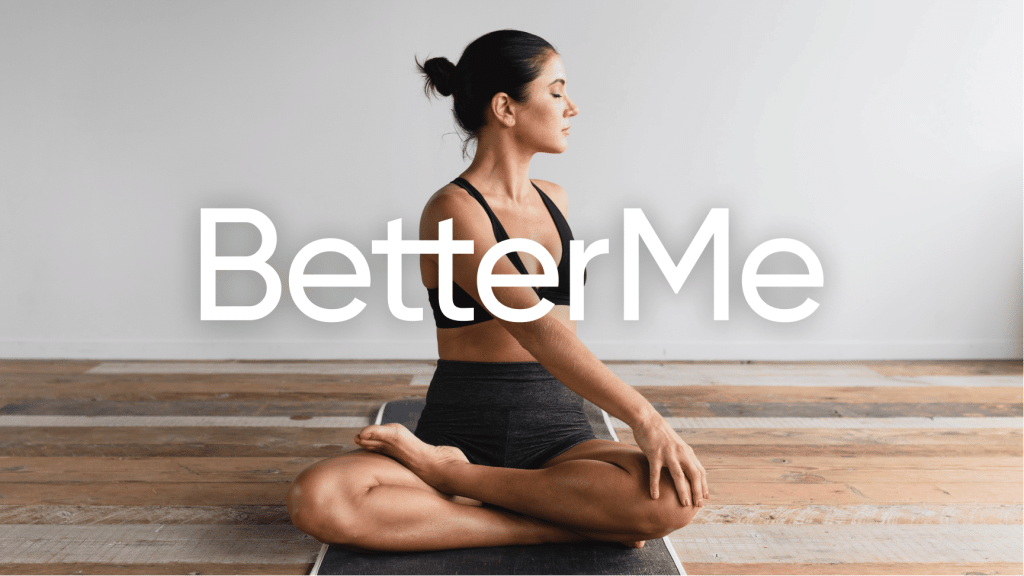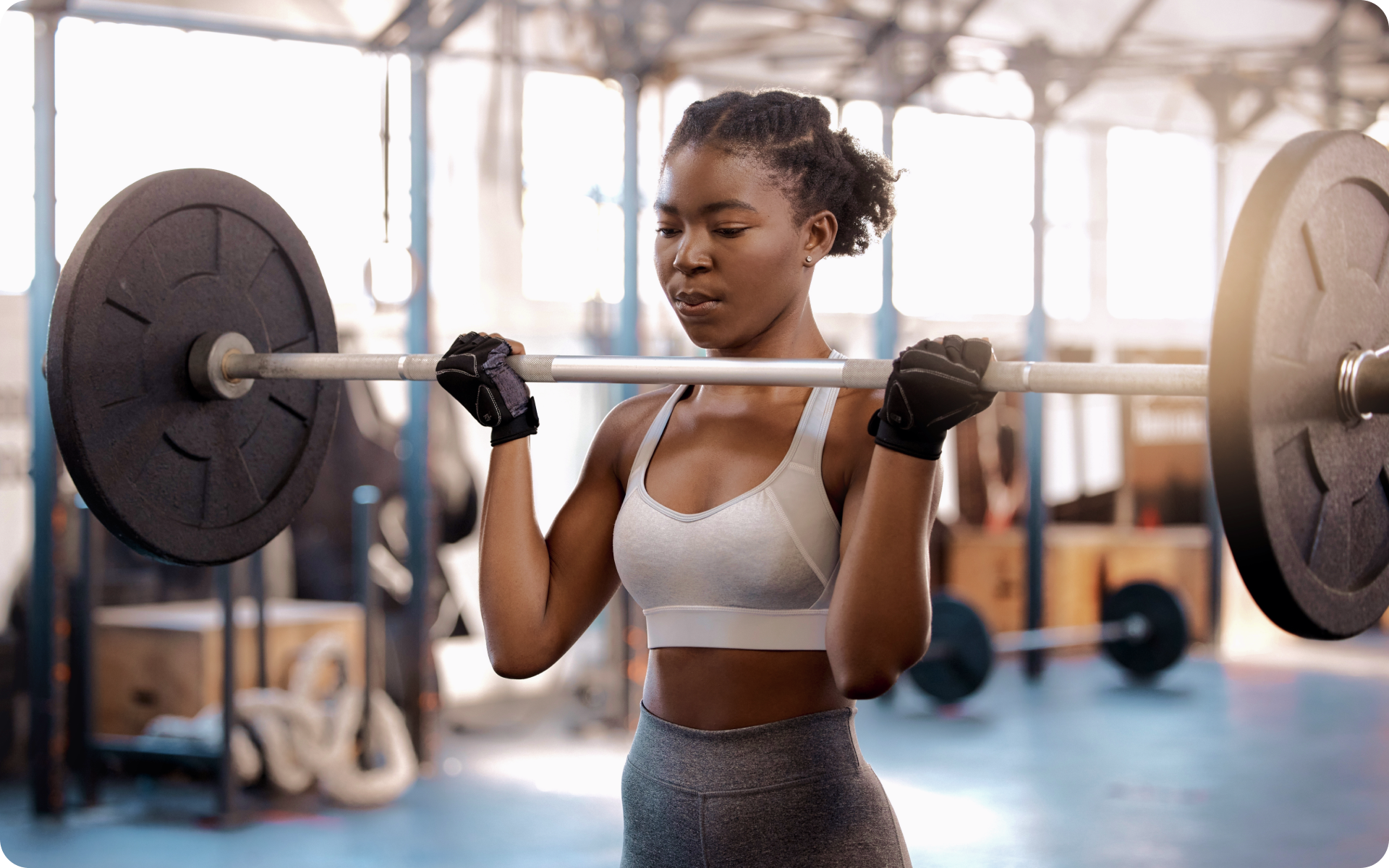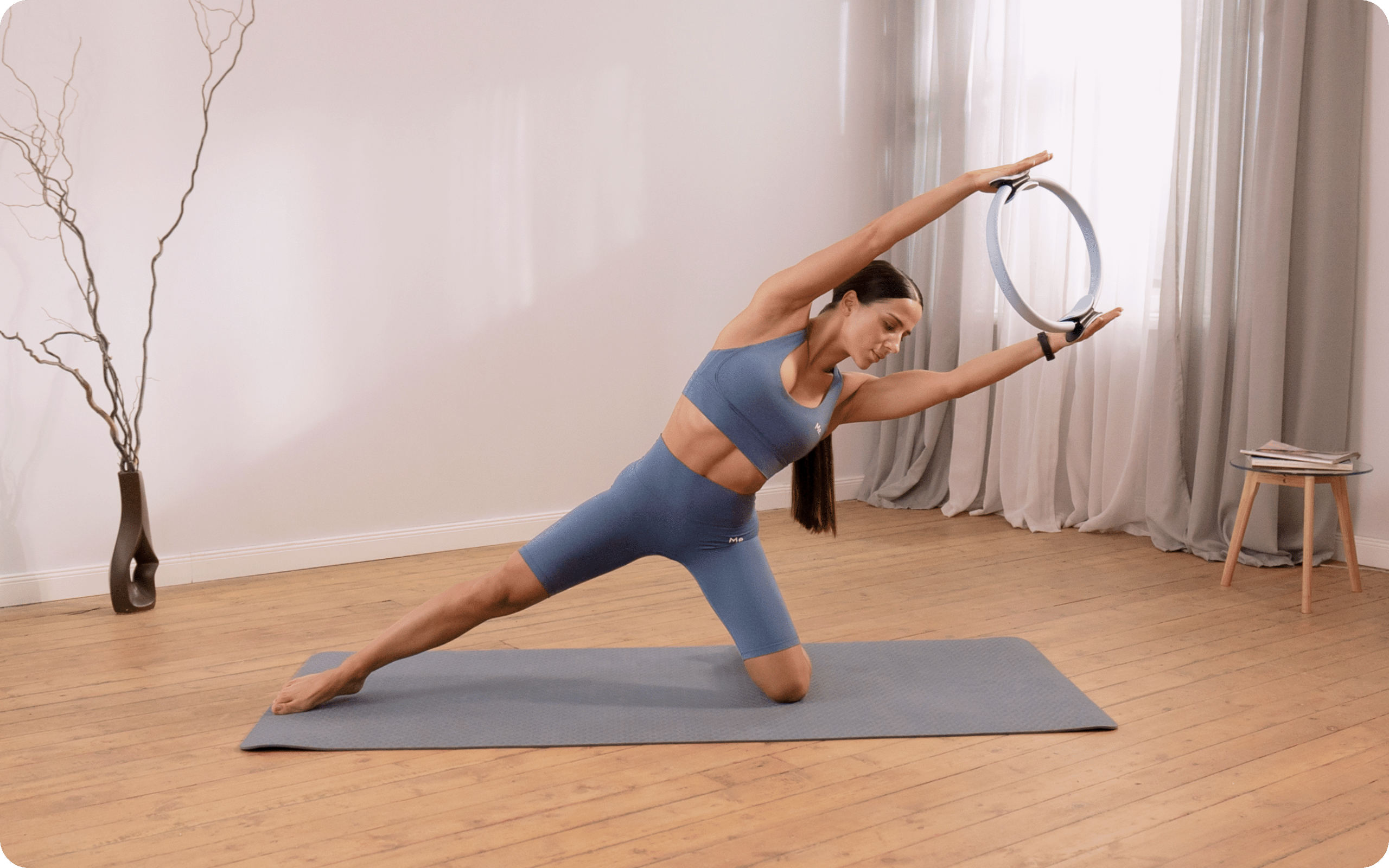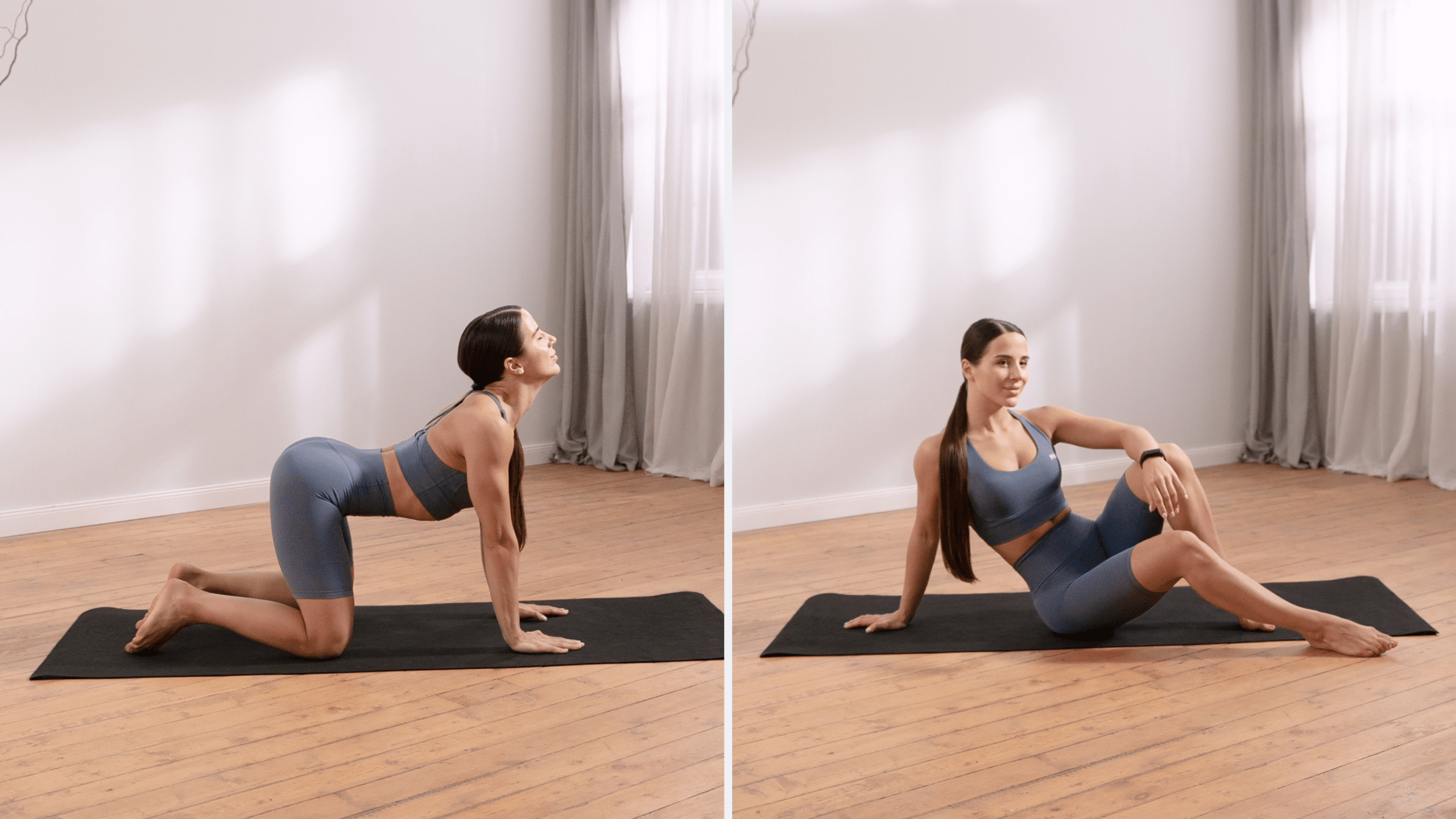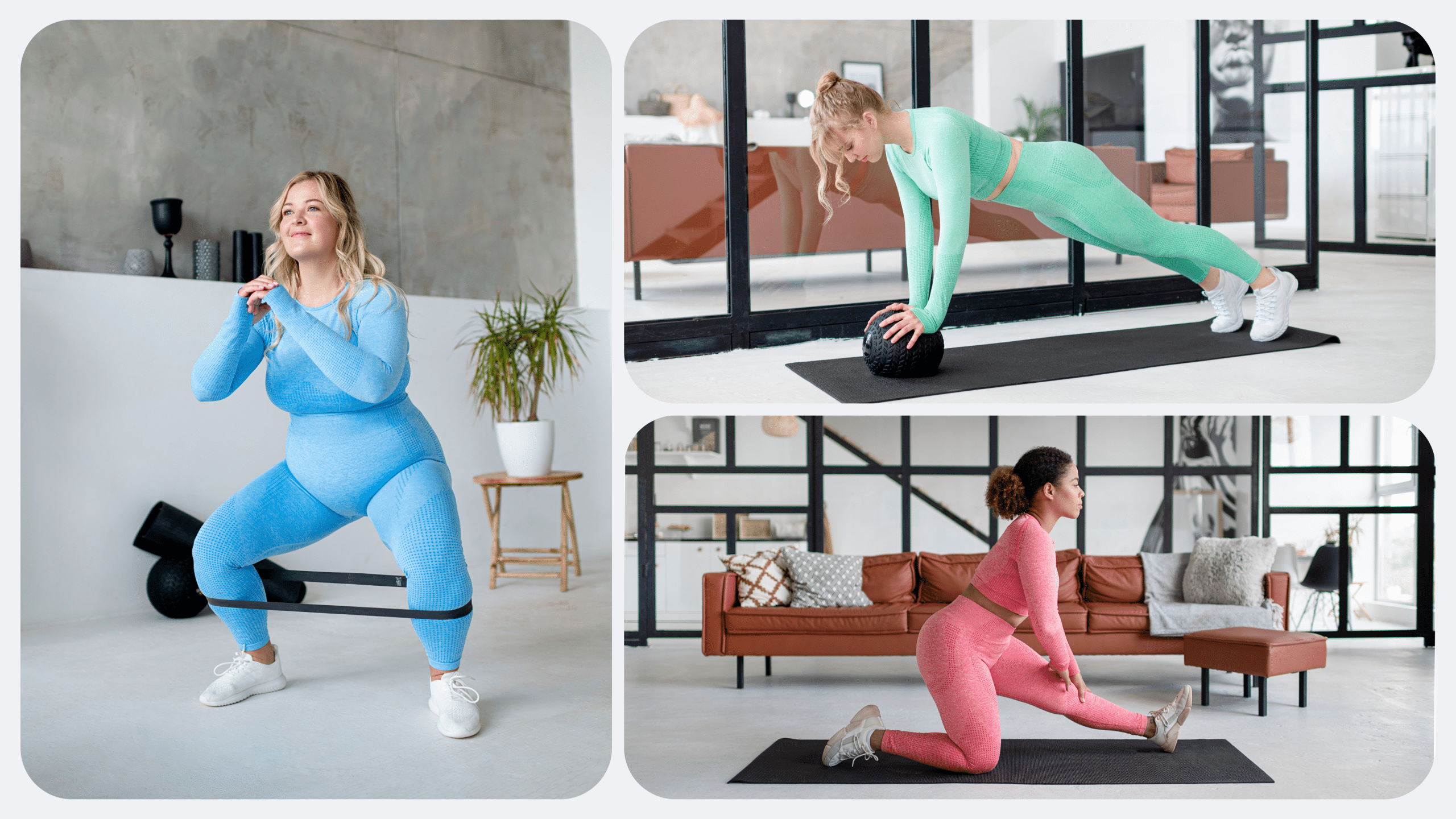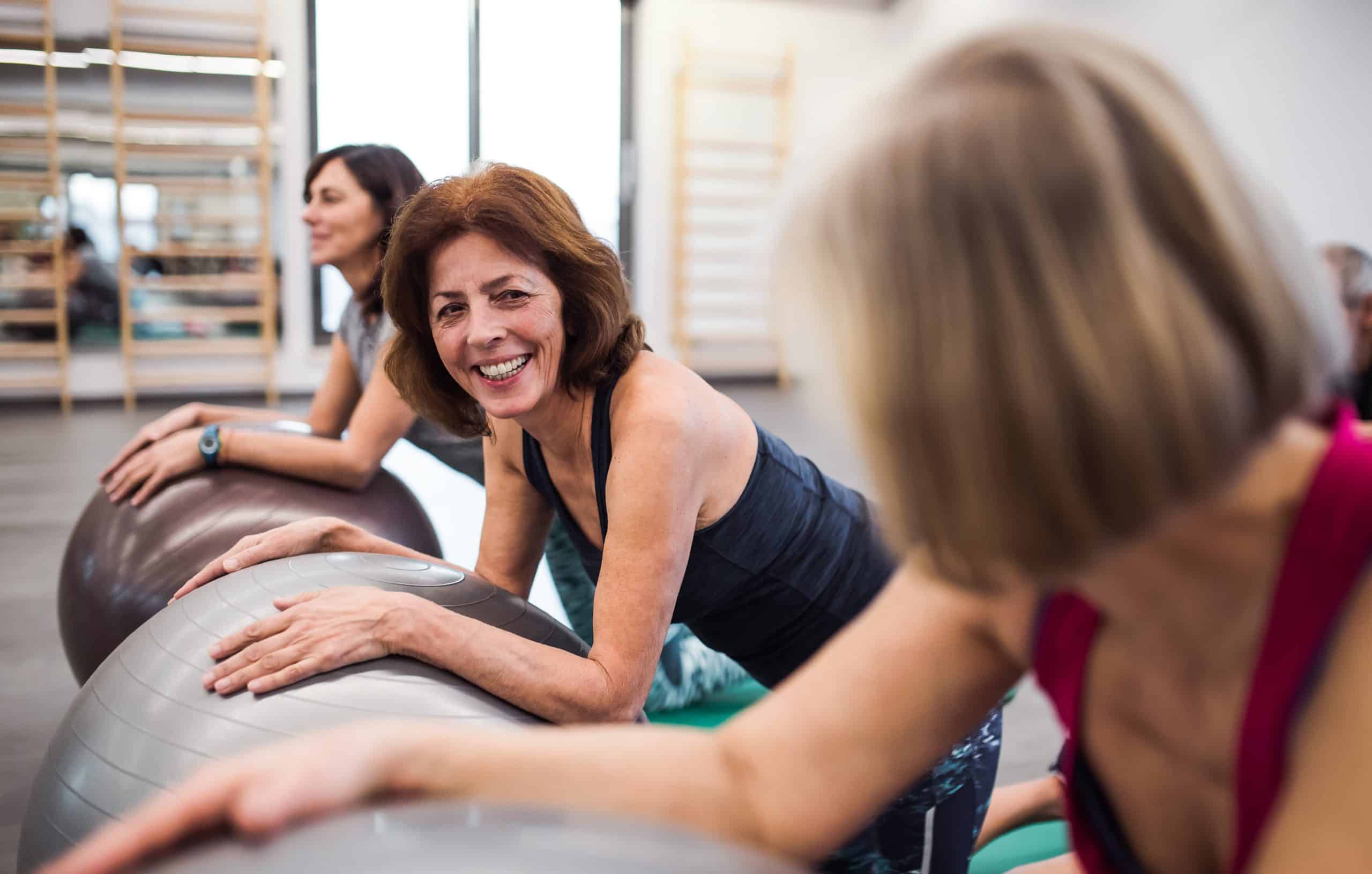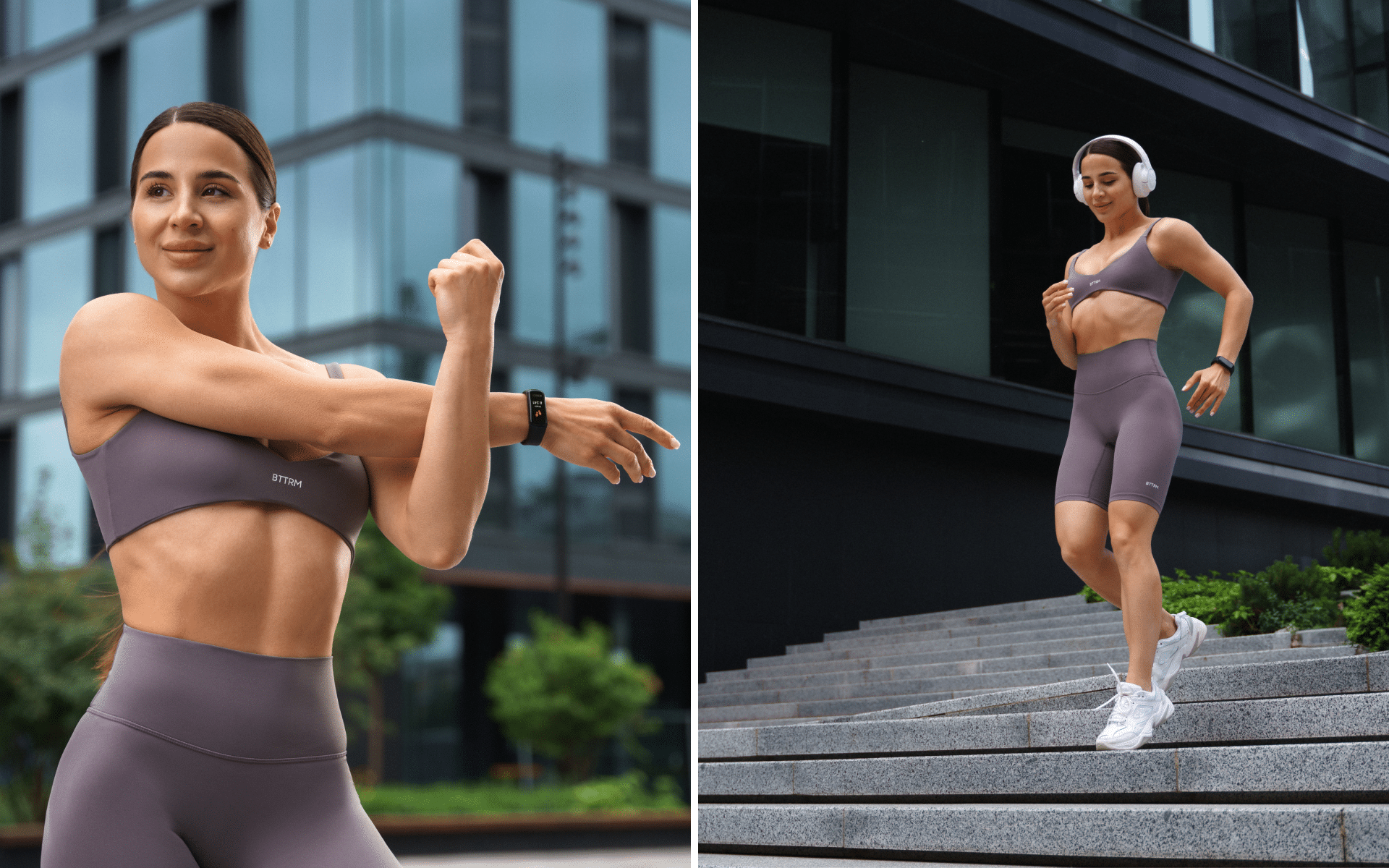Dancing for weight loss, enjoyment, and cardiovascular benefits? Sure! But dancing in heels? You’re not alone if you wonder why people would choose to wear heels while they dance.
The truth is, heels dancing goes beyond the aesthetics of looking stylish and sexy. They can help to elevate your dance moves, add an extra level of difficulty, and increase the intensity of a workout.
The result is an improved posture, increased flexibility, and range of motion, as well as improved muscle control.
Unfortunately, dancing in heels isn’t without risk. Heels can cause ankle strains, sprains, and muscle fatigue. Your toes and knees are also in danger of excessive flexing and strain (7) (14). For this reason it’s important to choose the right heel for your skill level and dance type.
Let’s dive deep into the technical aspects of choosing the right heel. What should you look for when selecting heels? What’s the best heel height and material? We’ll answer all of these questions below.
What Impact Does Dancing In Heels Have On Your Performance?
Before you get to choose the right heel, you must understand what goes on in your body when you start dancing in heels.
Your Centre Of Mass Shifts
Normally, your spine, hips, and legs are in line with a stationary centre of mass. When wearing heels, your centre of mass shifts forward, placing additional stress on the muscles of your legs and hips (3).
This shift helps to increase the difficulty of dance moves, including balance transfers, pirouettes, jumps, and more. However, without the proper technique and strength, it also increases the risk of injury.
Your Base Of Support Reduces
While dancing in heels, your base of support (or balance point) is drastically reduced. It goes from your entire foot to just a few square inches of the heel.
As you do more spins, jumps and other difficult moves, your base of support becomes even smaller. This means you need a decent level of balance, coordination, and strength to keep your balance.
This is also why you should start with lower heels until you build the confidence and technique to perform more advanced moves.
Read More: Heels Dance 101: A Beginner’s Guide To This Fun And Flirty Dance
Your Lower Back Arches More
Naturally we have an arch in our lower back when standing, which increases with physical activity.
With higher heels, the arch increases even more. This will result in increased strain on your lower back, so it’s important to engage your core and glute muscles to support you while dancing in heels (6) (12).
Your Ankles Are More At Risk Of Injury
When you wear higher heels, your ankles are forced into a more flexed position. This puts increased pressure on the front of your ankle, potentially leading to strains or even injuries (8) (13).
Some ankle injuries, such as Achilles tendonitis, can be long-lasting and difficult to recover from (1). Consequently, protecting your ankles should be an important consideration when selecting the right heel.
Your Knees Are More At Risk Of Injury
With your centre of mass shifted forward, your lower back arched more, and your ankles in a flexed position, the stress placed on your knees increases.
Performing deep squats while dancing in heels further increases the risk of knee injuries and predisposes to joint changes in the joint (5) (9) (11).
A comfortable heel along with proper form and strength can help to reduce the risk of knee issues.
What Should You Consider When Choosing The Right Heel?
Examining the individual parts of a heel can help you to make an informed decision about the best heel for your dancing.
Type Of Heel
Different heels provide different levels of comfort and stability. Based on your level of expertise, below are the best heel types to choose for dancing:
- Beginner – Maximise stability with a boot heel, side zipper, low block heel, or front lace-up heel.
- Intermediate – Experiment with slightly thinner block heels, ankle straps, and lower heel heights to continue building your confidence.
- Advanced – Push your limits (under the guidance of a qualified instructor) with higher heels, stiletto heels, or pumps.
Heel Height
The height of the heel should vary depending on your level and dance type. Below are some general rules of thumb:
- Beginners – Start with a heel height no higher than 2-3 inches.
- Intermediate – Increase the height up to 4-5 inches for practice and performance. Note, you should’ve built a considerable amount of ankle strength before attempting higher heights.
- Advanced – Go as high as you can with the appropriate technique and strength for your dance style.
Heel Thickness
The thicker the heel, the more stability, and comfort you will have. Thinner heels demand a higher level of ankle strength and control.
Toe Box Width
Cramped toes can lead to fatigue and potential injury. Not to mention the friction from dancing can create blisters and corns. For this reason, it’s important to select a heel with a toe box that allows for natural movement.
- Beginners – Open-toe heels provide more room for your toes and make it easier to transition between steps.
- Intermediate – Aim for a balance of comfort and support in a partly closed-toe heel.
- Advanced – Try out a variety of toe boxes (open, closed, pointed) to find the best option for your dance style.
Looking for a way to break the vicious cycle of weight loss and tone up all the jiggly parts? Watch the extra pounds fly off and your muscles firm up with the BetterMe app!
Sole Thickness
Sole thickness determines the weight and cushioning of the heel. Thinner soles tend to provide less cushioning, but more control for turns.
- Beginners – Start with a thicker sole for more cushioning and stability.
- Intermediate – Move to a thinner sole for faster transitions and less fatigue.
- Advanced – Use thin soles that allow you to feel the floor and easily transfer weight.
Bear in mind that sole thickness influences how much grip you have on the floor. The thinner the sole, the more grip you will have, and vice versa.
Material
Regardless of your fitness level, you want a heel made from comfortable, breathable, and supportive material. Most commonly, heels are made of leather, suede, PVC, or a combination of these.
Steer clear of any material that is too stiff, hard, or slippery. Suede is the best choice for most dance styles, as it offers the right level of grip and control for smooth transitions.
How To Prepare And Care For Your Dancing Heels
Once you’ve chosen the right heel, there are a few more steps to ensure your feet stay in good condition:
Break In Your Heels
To give your feet time to adjust, wear your new heels around the house or practice on a carpeted area. This will help you to identify areas of tightness or chafing and give the leather time to stretch.
Other ways to break in your heels include using a water-resistant spray to soften the material and wearing socks with your new shoes for extra cushioning.
Improve The Grip
Slippery floors and heels spell disaster in the dance studio. To prevent slips and falls, enhance your grip with a suede protector or special heel caps.
An alternative for increasing grip is to scratch the surface of the heel with sandpaper. Just be sure to test it out on a non-visible part of the shoe first, as this may damage the material. Applying hairspray or baby powder on the bottom of your heel may also help.
Reserve A Pair Of Heels For Dancing Only
Rather than wearing the same pair of heels every day and dancing, reserve a special pair just for dancing. This will reduce wear and tear and improve the lifespan of your heels.
Clean And Store Your Heels After Dancing
After every dance session, wipe down your heels with a damp cloth to remove dirt and grime. You can also use leather cleaner for any stubborn stains.
When your heels are clean, store them in a cool, dry place away from direct sunlight. Stuff the toe box with tissue paper to preserve their shape and use a shoe tree for extra support.
Read More: Bachata Dance Workout For Beginners – Lose Weight, Get Fit, And Have Fun
How To Protect Your Feet When Wearing Heels
No matter how well you choose and care for your heels, your feet bear the brunt of the impact when dancing. To keep your feet healthy and strong, follow these tips:
Practise Both Dynamic And Static Stretches
Several muscles must work together to keep your feet pointed and in proper alignment while dancing. To prepare those muscles, practise dynamic stretches before dancing, and static stretches after (4). Below are some of the best exercises to get your feet ready.
P/S – we highly recommend having a high-quality resistance band handy for the exercises.
The BetterMe Resistance Bands are perfect for this. They are made from high-quality elastic and provide an even amount of resistance throughout the band. They come in two sizes; long and short for a variety of exercises and are perfectly portable (.
Calf Raise
This exercise targets the calf muscles which are important for supporting the foot when dancing.
- Start by standing with your feet hip-width apart, then rise onto your toes and hold for a few seconds.
- Repeat 10 times before switching feet.
Ankle Circles
This exercise warms up the ankle joint, which is key for proper alignment and pointing when dancing.
- Start by sitting with your legs extended in front of you, then circle each foot clockwise and then counterclockwise.
- Repeat 10 times before switching feet.
Foot Rolls
This exercise warms up the muscles of your feet and increases mobility.
- Start by sitting with your leg extended in front of you, then roll each foot over a tennis ball or golf ball for 2 minutes.
- Repeat before switching feet.
Towel Scrunches
These exercises target the muscles of your foot that are essential for proper pointing technique.
- Start by sitting with your legs extended in front of you, then place a small towel under the arch of your foot.
- With your toes, scrunch up the towel and hold for a few seconds before releasing.
- Repeat 10 times before switching feet.
Toe Separations
- Start by sitting with your legs extended in front of you, then separate your toes with the help of your hands.
- Repeat 10 times before switching feet.
Toe Circles
- Start by sitting with your legs extended in front of you, then circle each toe clockwise and then counterclockwise. Use your hands to help if needed.
- Repeat 10 times before switching feet.
Plantar Fascia Release
This stretch helps release the tension in the plantar fascia, which is the thick band of tissue that runs along the bottom of the foot.
- Start by sitting with your legs extended in front of you, then place a tennis ball or foam roller under the arch of your foot.
- Gently roll the ball for 2 minutes before switching feet.
Calf Stretches
This stretch helps release tension in the calf muscles, which are important for supporting the foot when dancing.
- Start by standing with your feet hip-width apart, then lean against a wall and press your heel into the floor.
- Hold for 30 seconds before switching feet.
If you tend to let yourself off the hook, raise the white flag when things get tougher than you expected, send yourself on an unconscious binge-eating trip – BetterMe app is here to help you leave all of these sabotaging habits in the past!
Improve Your Balance And Coordination
Balance conditioning exercises can help you become more comfortable with standing on your toes and dancing in heels.
Start by standing on one foot, then focus on a fixed point in front of you and lift your other foot a few inches off the floor. Hold for 10 seconds before switching feet.
You can also practise some simple coordination exercises, such as hopping in a straight line or side-stepping. Both of these drills will help you stay focused while dancing and prevent you from losing your balance.
Work With A Professional
As a beginner, it’s always a good idea to work with a certified dance instructor who can help you learn the proper technique and ensure that your form is correct. A professional can also offer personalised exercises and stretches to help strengthen your feet and prevent injury.
Prioritise Rest And Recovery
Dancing is such a fun activity that you may want to do it every day, but it’s important to rest and recover between sessions (10). Make sure you give your feet plenty of time to rest and stretch after each session to reduce tension.
You should also alternate between different styles of dance or incorporate other forms of exercise into your routine to give your feet a break.
The Bottom Line
The perfect heels for dancing depend on your foot shape, experience level, and the type of dance you’re doing. But no matter what style you choose, proper warm-up and stretching exercises are essential to staying safe, preventing injury, and improving your performance.
Take the time to invest in quality footwear and work with a professional instructor to ensure you’re getting the most out of your dancing.
DISCLAIMER:
This article is intended for general informational purposes only and does not serve to address individual circumstances. It is not a substitute for professional advice or help and should not be relied on for making any kind of decision-making. Any action taken as a direct or indirect result of the information in this article is entirely at your own risk and is your sole responsibility.
BetterMe, its content staff, and its medical advisors accept no responsibility for inaccuracies, errors, misstatements, inconsistencies, or omissions and specifically disclaim any liability, loss or risk, personal, professional or otherwise, which may be incurred as a consequence, directly or indirectly, of the use and/or application of any content.
You should always seek the advice of your physician or other qualified health provider with any questions you may have regarding a medical condition or your specific situation. Never disregard professional medical advice or delay seeking it because of BetterMe content. If you suspect or think you may have a medical emergency, call your doctor.
SOURCES:
- Achilles Tendonitis (2021, ncbi.nlm.nih.gov)
- Biomechanical effects of wearing high-heeled shoes (2001, sciencedirect.com)
- CURRENT CONCEPTS IN MUSCLE STRETCHING FOR EXERCISE AND REHABILITATION (2012, ncbi.nlm.nih.gov)
- Does dancing in heels hurt your knees? This may be why. (2019, iadms.org)
- Effects of the height of shoe heels on muscle activation of cervical and lumbar spine in healthy women (2016, ncbi.nlm.nih.gov)
- Epidemiology of High-Heel Shoe Injuries in U.S. Women: 2002 to 2012 (2015, pubmed.ncbi.nlm.nih.gov)
- High-heeled shoes and musculoskeletal injuries: a narrative systematic review (2016, ncbi.nlm.nih.gov)
- Increased knee flexion and varus moments during gait with high-heeled shoes: A systematic review and meta-analysis (2021, sciencedirect.com)
- Injury Prevention and Rest (2020, researchgate.net)
- Knee osteoarthritis and high-heeled shoes (1998, pubmed.ncbi.nlm.nih.gov)
- The effect of high-heeled shoes on lumbar lordosis: a narrative review and discussion of the disconnect between Internet content and peer-reviewed literature (2010, sciencedirect.com)
- The influence of heel height on frontal plane ankle biomechanics: implications for lateral ankle sprains (2012, pubmed.ncbi.nlm.nih.gov)
- The Real Harm in High Heels (n.d., osteopathic.org)
